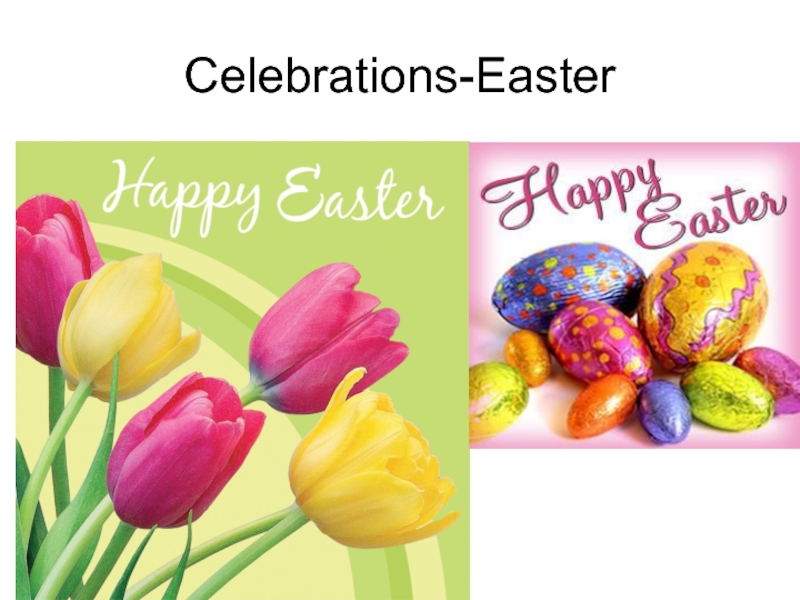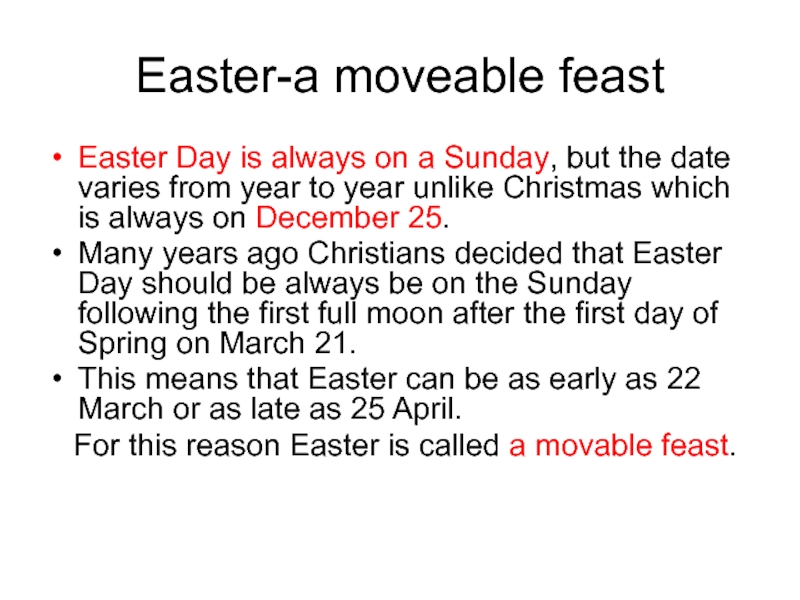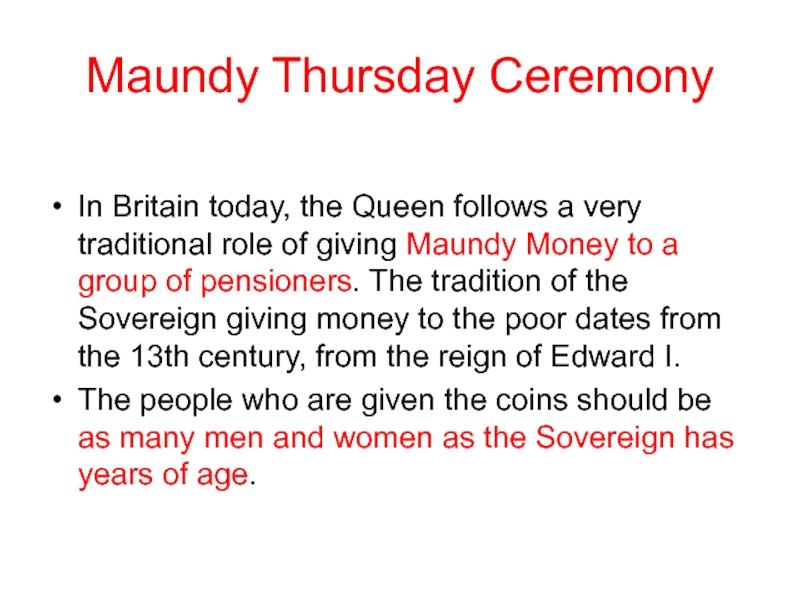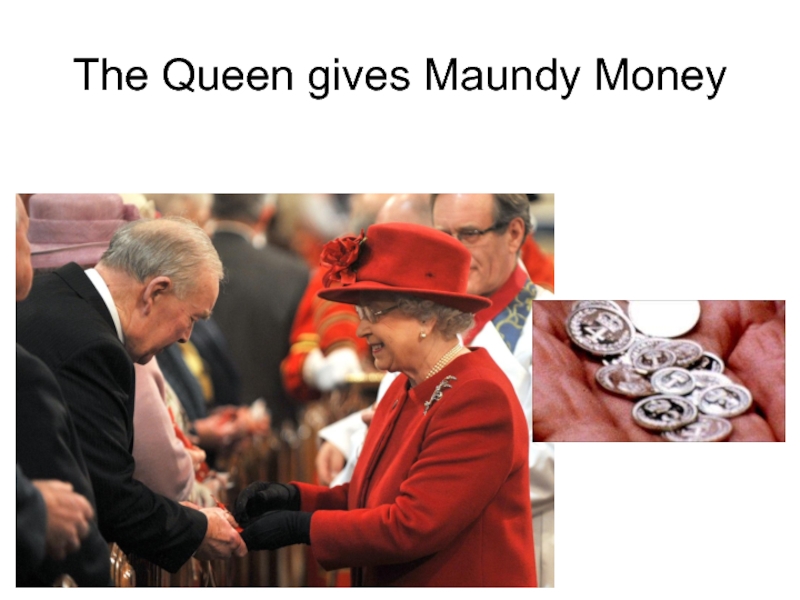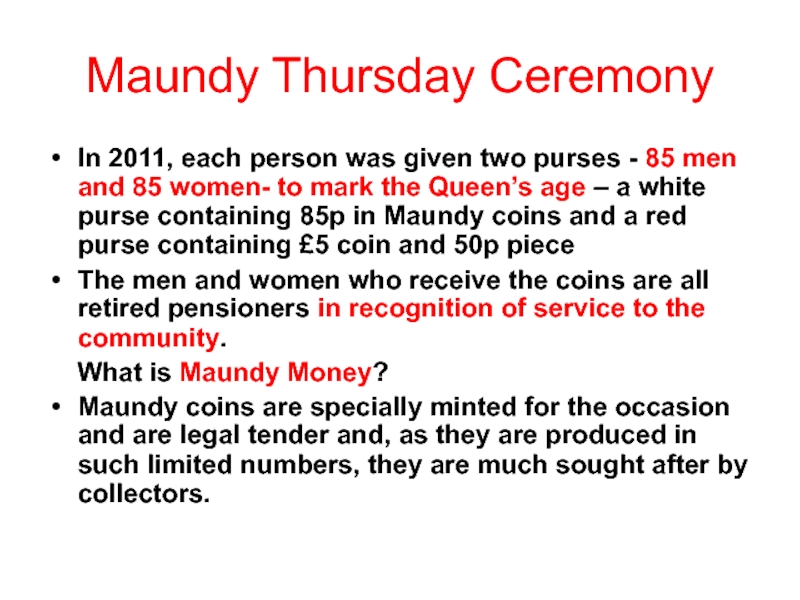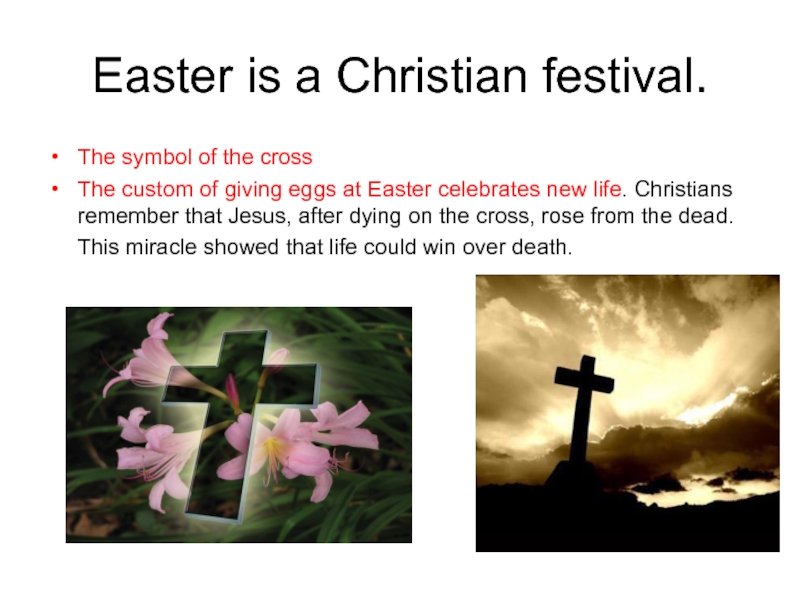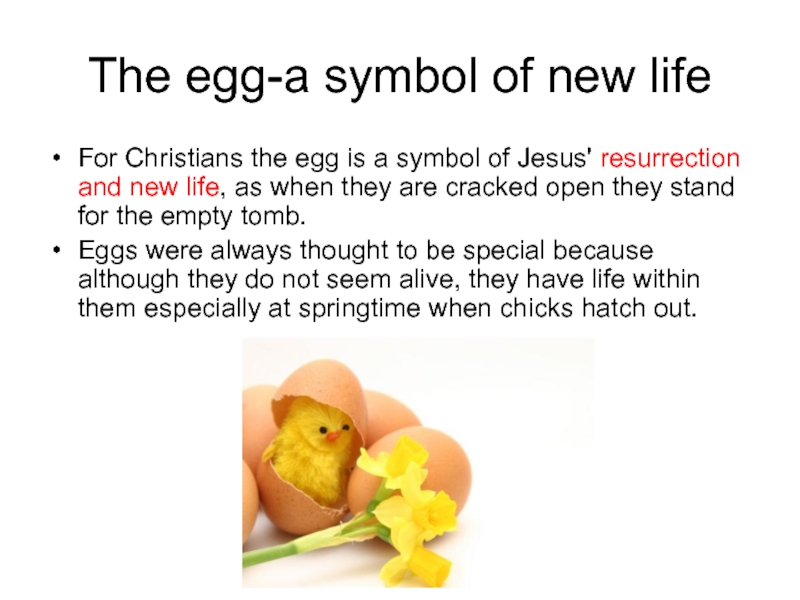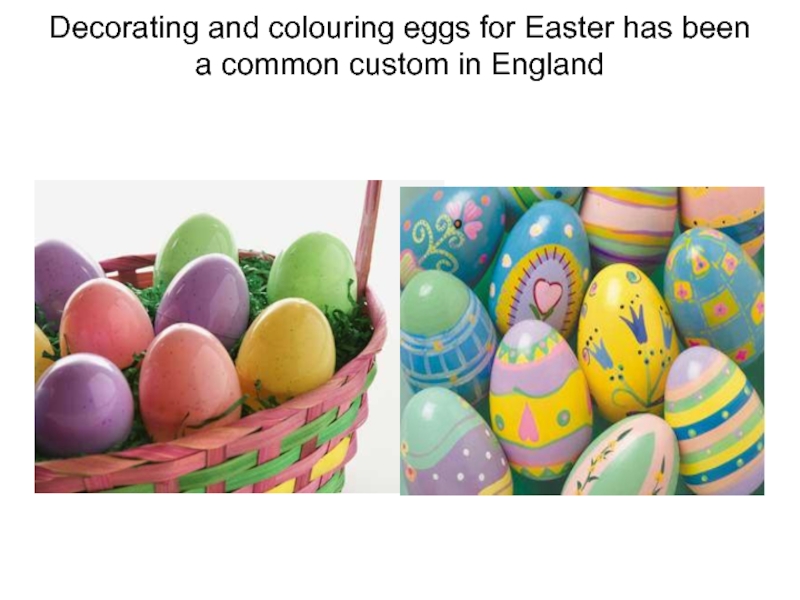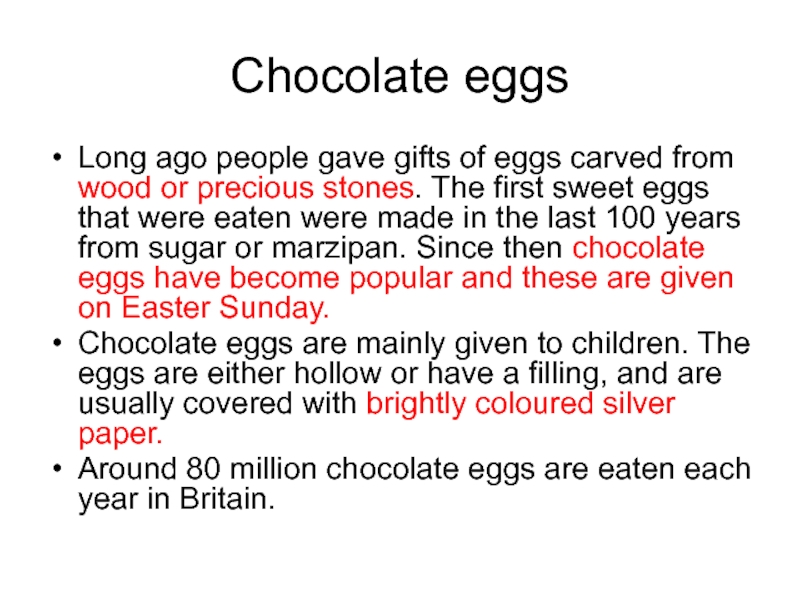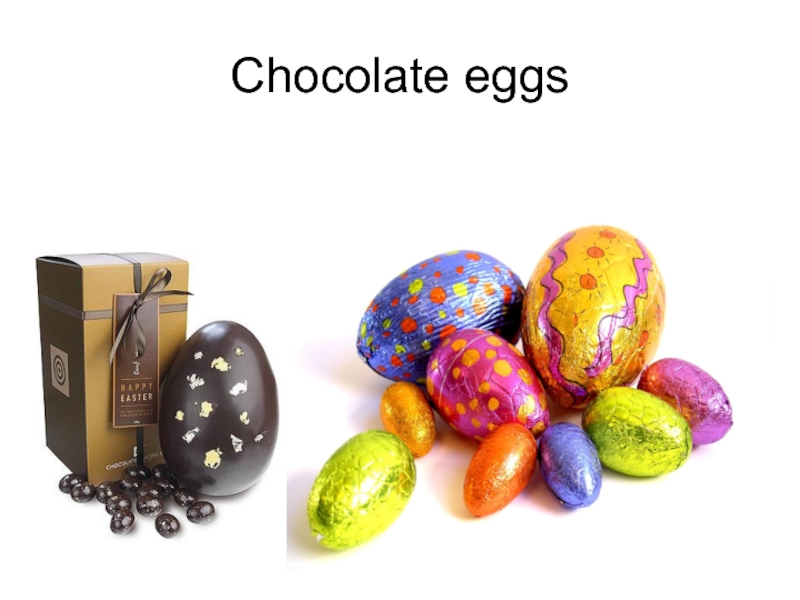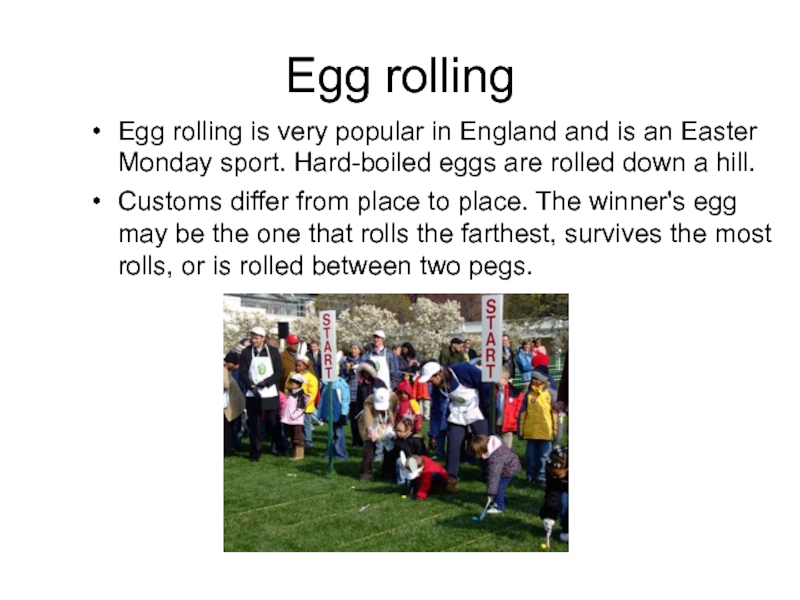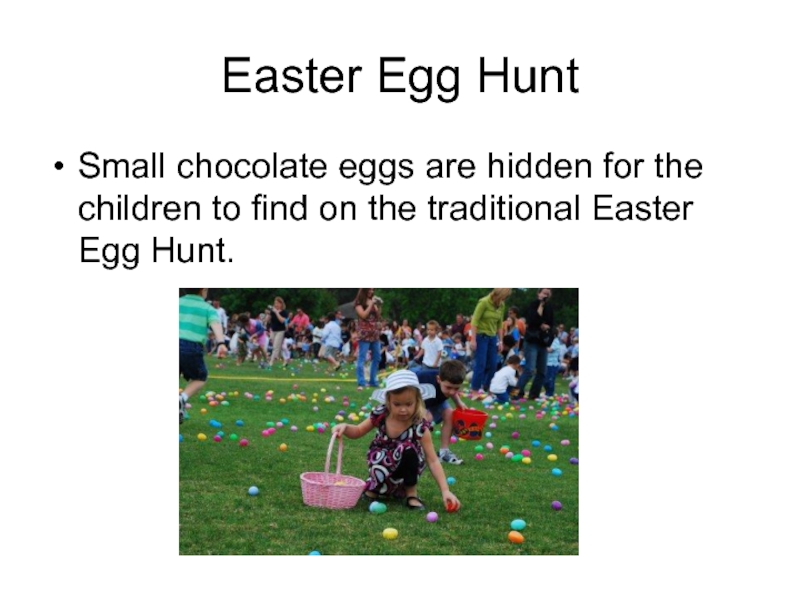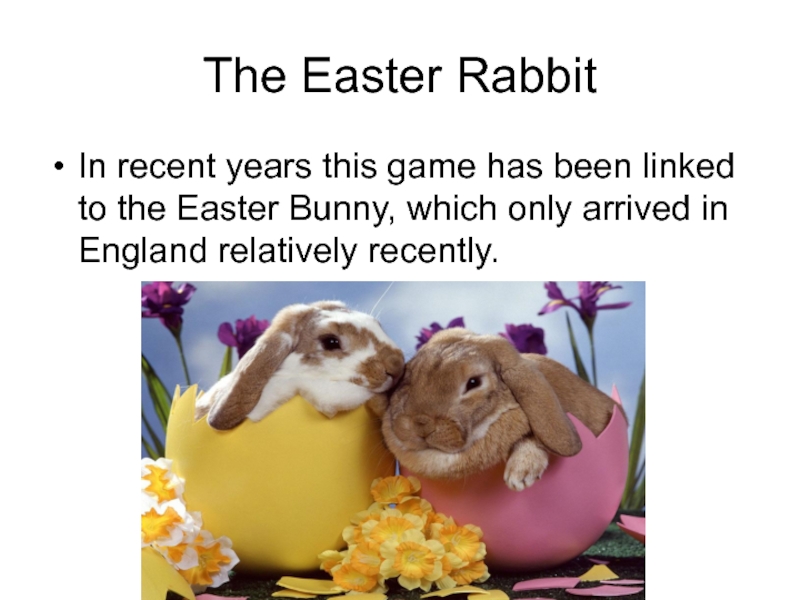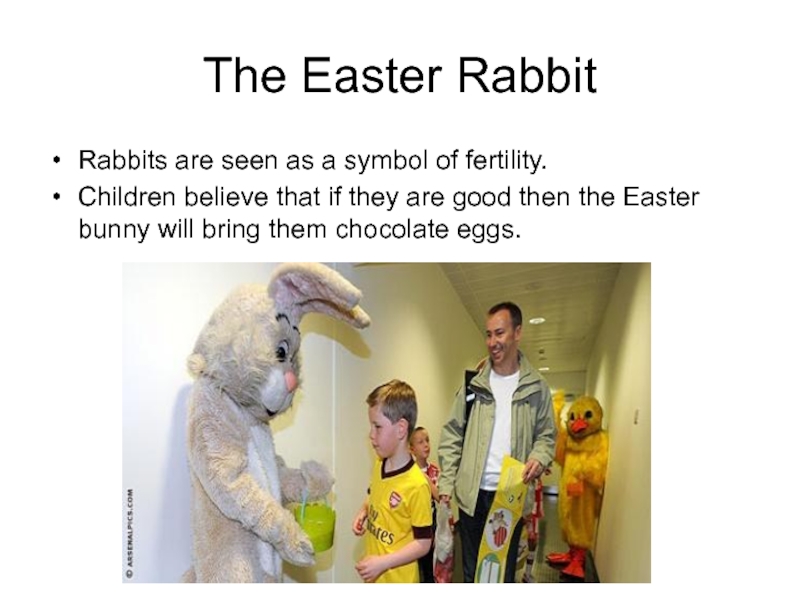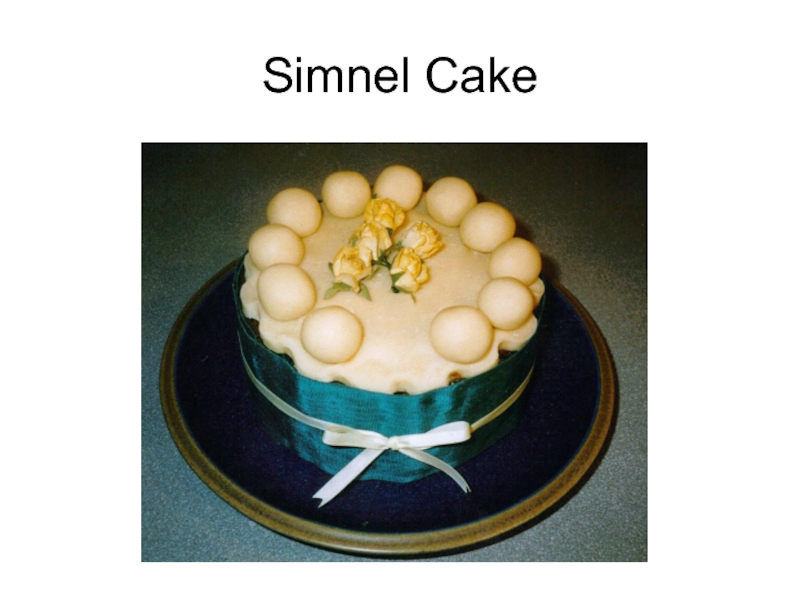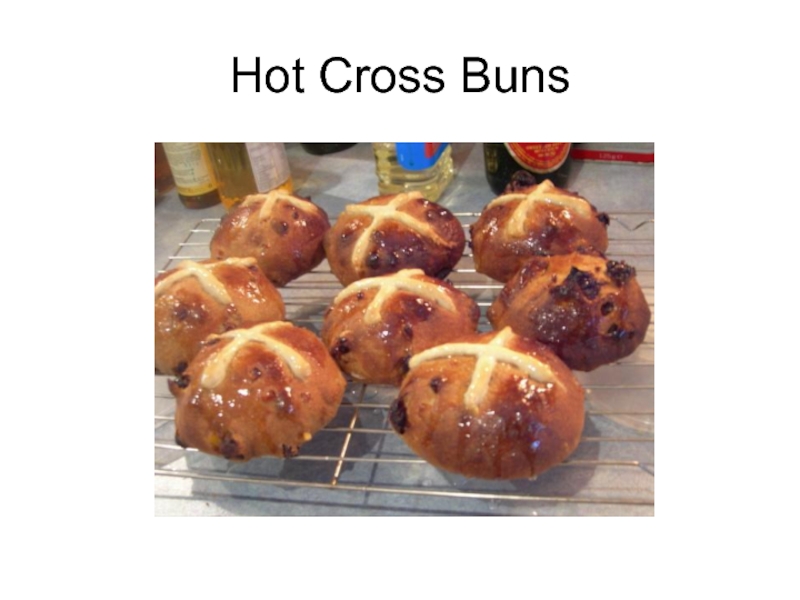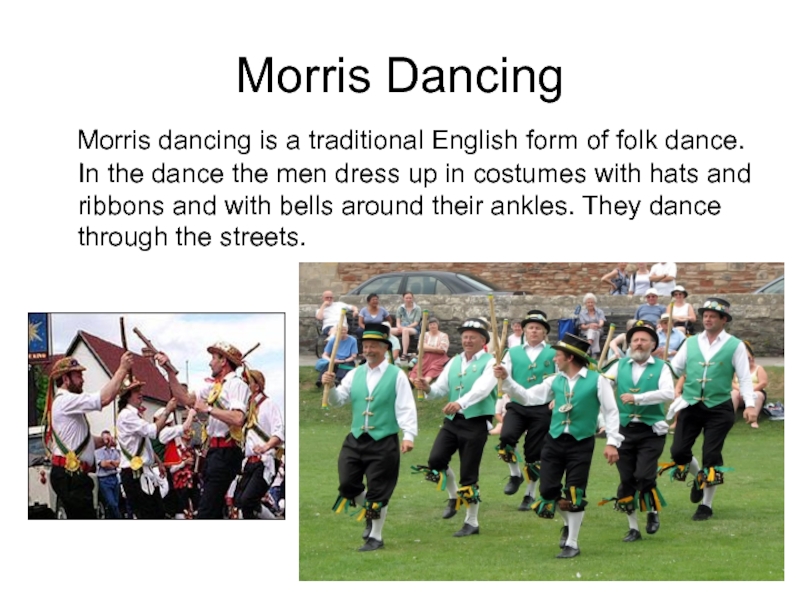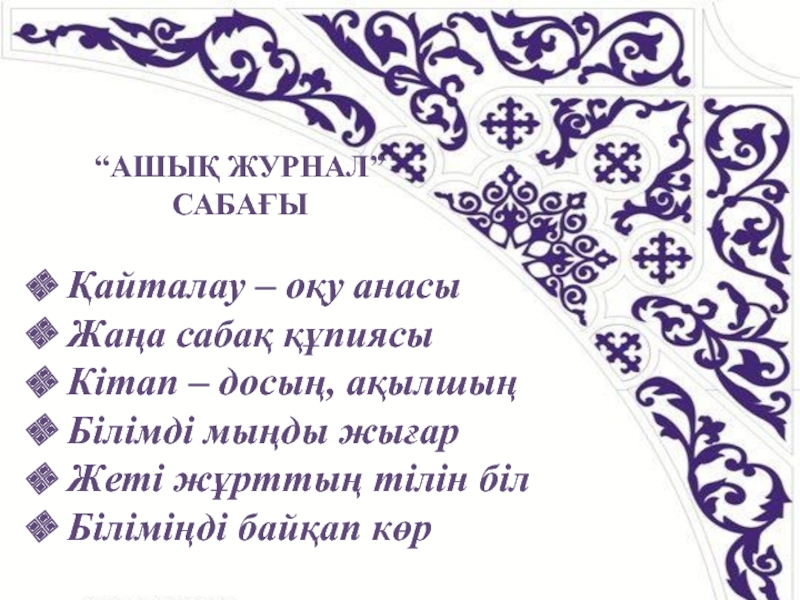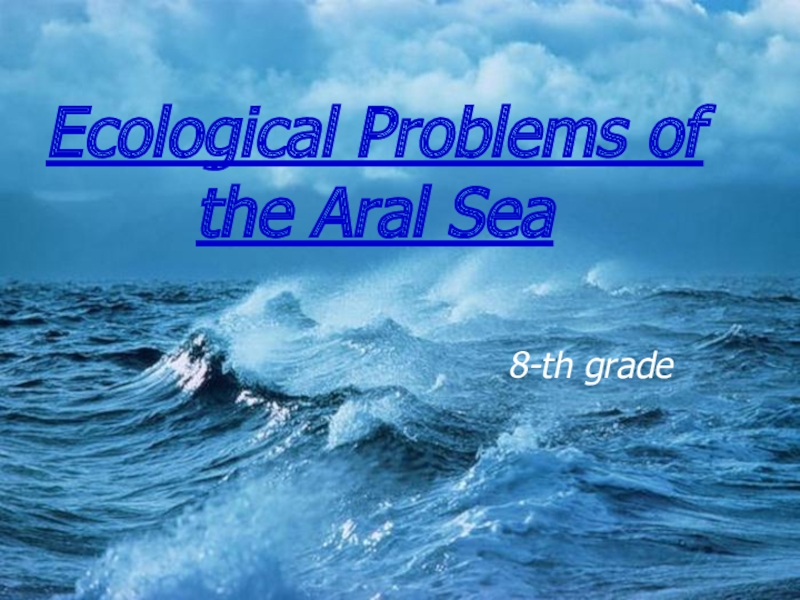- Главная
- Разное
- Образование
- Спорт
- Естествознание
- Природоведение
- Религиоведение
- Французский язык
- Черчение
- Английский язык
- Астрономия
- Алгебра
- Биология
- География
- Геометрия
- Детские презентации
- Информатика
- История
- Литература
- Математика
- Музыка
- МХК
- Немецкий язык
- ОБЖ
- Обществознание
- Окружающий мир
- Педагогика
- Русский язык
- Технология
- Физика
- Философия
- Химия
- Шаблоны, фоны, картинки для презентаций
- Экология
- Экономика
Презентация, доклад по теме Празднование Пасхи
Содержание
- 1. Презентация по теме Празднование Пасхи
- 2. Easter-a moveable feastEaster Day is always on
- 3. Maundy Thursday Ceremony In Britain today,
- 4. The Queen gives Maundy Money
- 5. Maundy Thursday CeremonyIn 2011, each person was
- 6. Easter is a Christian festival.The symbol of
- 7. The egg-a symbol of new lifeFor Christians
- 8. Decorating and colouring eggs for Easter has been a common custom in England
- 9. Chocolate eggsLong ago people gave gifts of
- 10. Chocolate eggs
- 11. Egg rollingEgg rolling is very popular in
- 12. Easter Egg HuntSmall chocolate eggs are hidden
- 13. The Easter RabbitIn recent years this game
- 14. The Easter RabbitRabbits are seen as a
- 15. Easter cards Easter cards arrived in
- 16. Special Easter FoodEaster day, like Christmas day,
- 17. Simnel Cake
- 18. Hot Cross Buns
- 19. Morris Dancing Morris dancing is a
Easter-a moveable feastEaster Day is always on a Sunday, but the date varies from year to year unlike Christmas which is always on December 25. Many years ago Christians decided that Easter Day should be always
Слайд 2Easter-a moveable feast
Easter Day is always on a Sunday, but the
date varies from year to year unlike Christmas which is always on December 25.
Many years ago Christians decided that Easter Day should be always be on the Sunday following the first full moon after the first day of Spring on March 21.
This means that Easter can be as early as 22 March or as late as 25 April.
For this reason Easter is called a movable feast.
Many years ago Christians decided that Easter Day should be always be on the Sunday following the first full moon after the first day of Spring on March 21.
This means that Easter can be as early as 22 March or as late as 25 April.
For this reason Easter is called a movable feast.
Слайд 3Maundy Thursday Ceremony
In Britain today, the Queen follows a
very traditional role of giving Maundy Money to a group of pensioners. The tradition of the Sovereign giving money to the poor dates from the 13th century, from the reign of Edward I.
The people who are given the coins should be as many men and women as the Sovereign has years of age.
The people who are given the coins should be as many men and women as the Sovereign has years of age.
Слайд 5Maundy Thursday Ceremony
In 2011, each person was given two purses -
85 men and 85 women- to mark the Queen’s age – a white purse containing 85p in Maundy coins and a red purse containing £5 coin and 50p piece
The men and women who receive the coins are all retired pensioners in recognition of service to the community.
What is Maundy Money?
Maundy coins are specially minted for the occasion and are legal tender and, as they are produced in such limited numbers, they are much sought after by collectors.
The men and women who receive the coins are all retired pensioners in recognition of service to the community.
What is Maundy Money?
Maundy coins are specially minted for the occasion and are legal tender and, as they are produced in such limited numbers, they are much sought after by collectors.
Слайд 6Easter is a Christian festival.
The symbol of the cross
The custom of
giving eggs at Easter celebrates new life. Christians remember that Jesus, after dying on the cross, rose from the dead. This miracle showed that life could win over death.
Слайд 7The egg-a symbol of new life
For Christians the egg is a
symbol of Jesus' resurrection and new life, as when they are cracked open they stand for the empty tomb.
Eggs were always thought to be special because although they do not seem alive, they have life within them especially at springtime when chicks hatch out.
Eggs were always thought to be special because although they do not seem alive, they have life within them especially at springtime when chicks hatch out.
Слайд 9Chocolate eggs
Long ago people gave gifts of eggs carved from wood
or precious stones. The first sweet eggs that were eaten were made in the last 100 years from sugar or marzipan. Since then chocolate eggs have become popular and these are given on Easter Sunday.
Chocolate eggs are mainly given to children. The eggs are either hollow or have a filling, and are usually covered with brightly coloured silver paper.
Around 80 million chocolate eggs are eaten each year in Britain.
Chocolate eggs are mainly given to children. The eggs are either hollow or have a filling, and are usually covered with brightly coloured silver paper.
Around 80 million chocolate eggs are eaten each year in Britain.
Слайд 11Egg rolling
Egg rolling is very popular in England and is an
Easter Monday sport. Hard-boiled eggs are rolled down a hill.
Customs differ from place to place. The winner's egg may be the one that rolls the farthest, survives the most rolls, or is rolled between two pegs.
Customs differ from place to place. The winner's egg may be the one that rolls the farthest, survives the most rolls, or is rolled between two pegs.
Слайд 12Easter Egg Hunt
Small chocolate eggs are hidden for the children to
find on the traditional Easter Egg Hunt.
Слайд 13The Easter Rabbit
In recent years this game has been linked to
the Easter Bunny, which only arrived in England relatively recently.
Слайд 14The Easter Rabbit
Rabbits are seen as a symbol of fertility.
Children believe
that if they are good then the Easter bunny will bring them chocolate eggs.
Слайд 15Easter cards
Easter cards arrived in Victorian England, when a
stationer added a greeting to a drawing of a rabbit. The cards proved popular.
Слайд 16Special Easter Food
Easter day, like Christmas day, is also associated with
special food.
Boiled eggs are traditionally served at breakfast, then Easter cards and gifts may be exchanged.
Roast lamb is the traditional meat for the main meal on Easter Day. It is served with mint sauce and vegetables.
The traditional Easter pudding is custard tarts sprinkled with currants and flat Easter biscuits.
Simnel cake is a special cake.
Boiled eggs are traditionally served at breakfast, then Easter cards and gifts may be exchanged.
Roast lamb is the traditional meat for the main meal on Easter Day. It is served with mint sauce and vegetables.
The traditional Easter pudding is custard tarts sprinkled with currants and flat Easter biscuits.
Simnel cake is a special cake.
Слайд 19Morris Dancing
Morris dancing is a traditional English form of
folk dance. In the dance the men dress up in costumes with hats and ribbons and with bells around their ankles. They dance through the streets.
